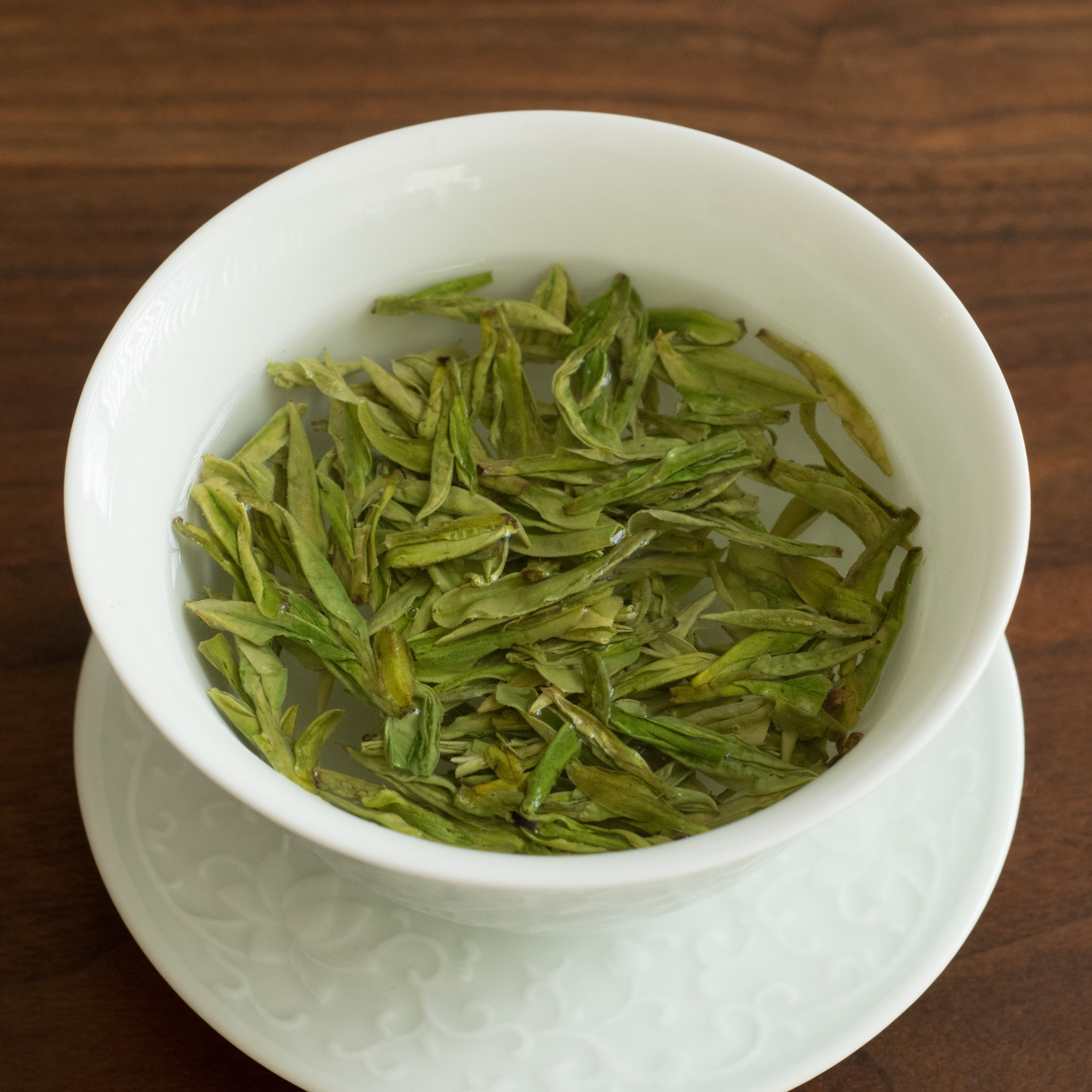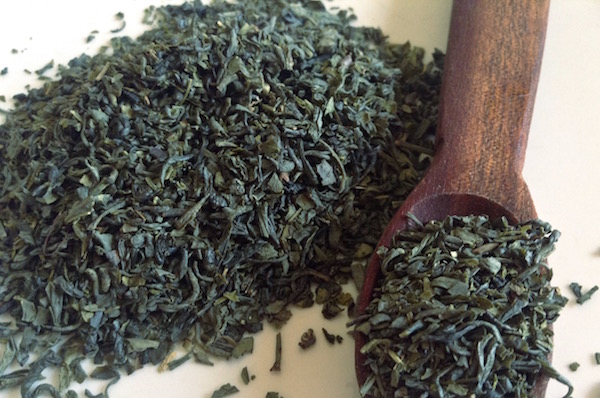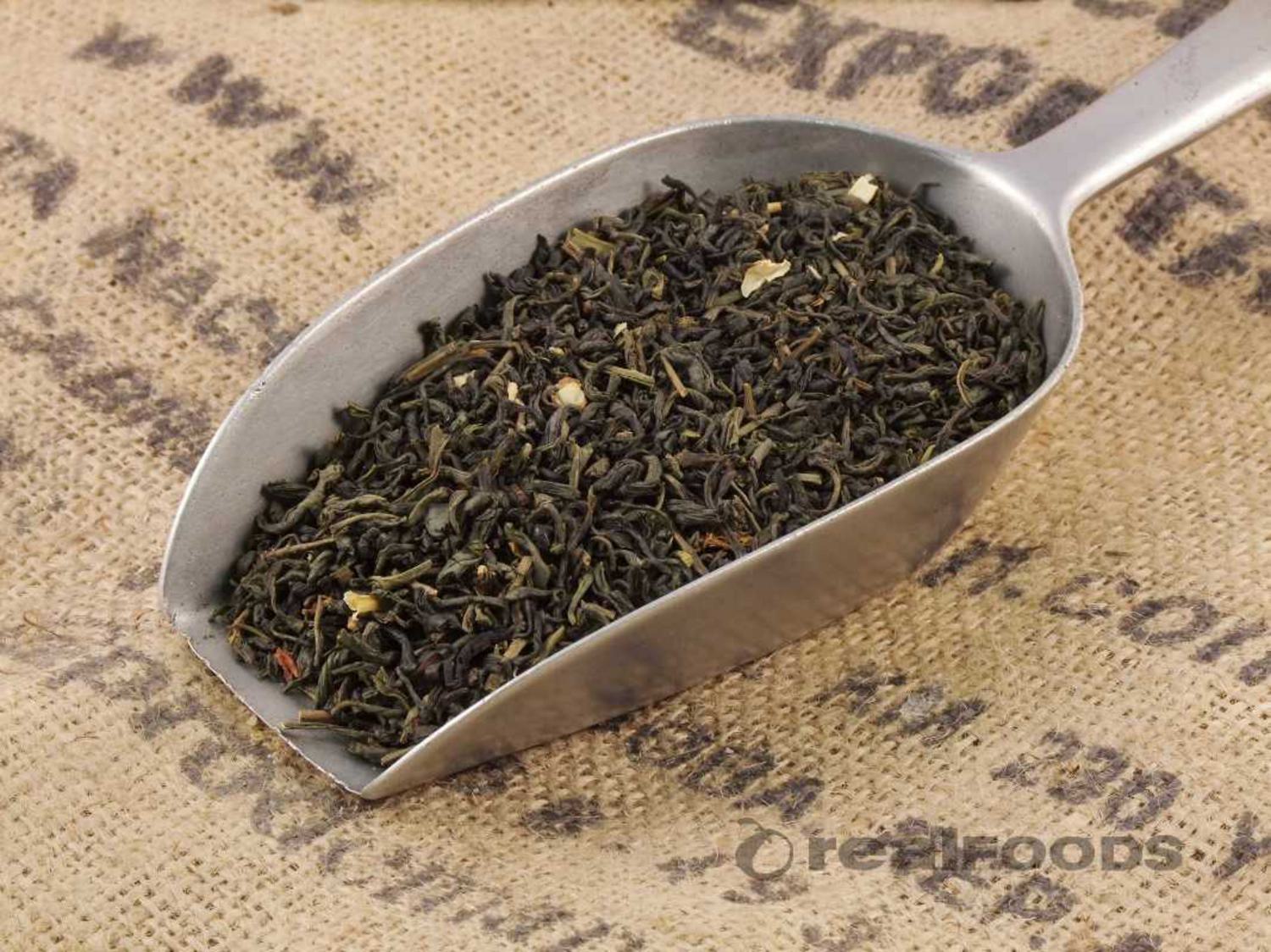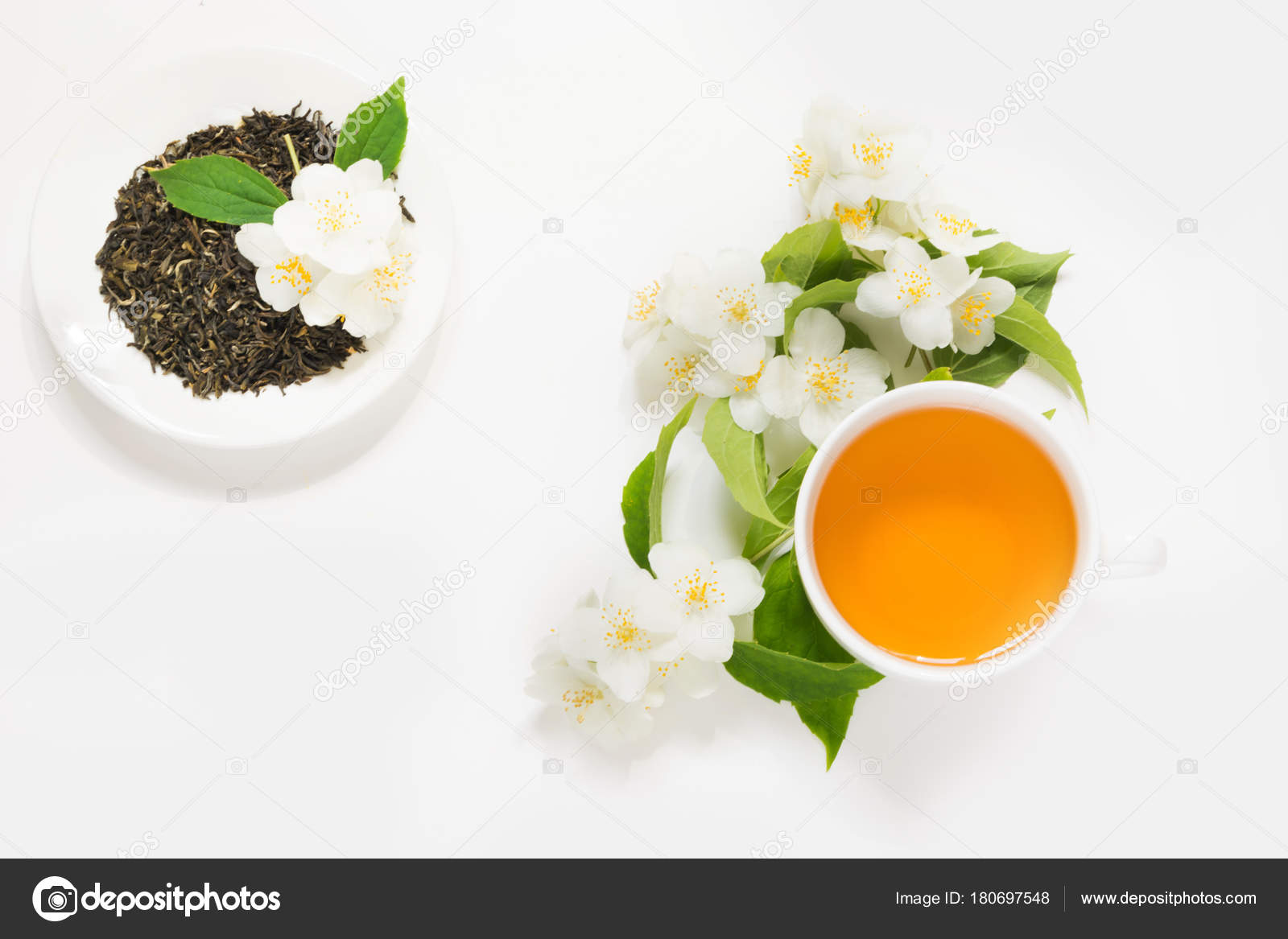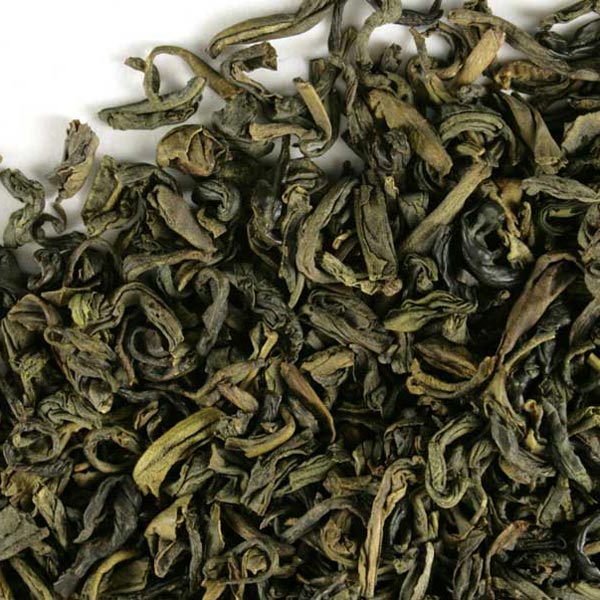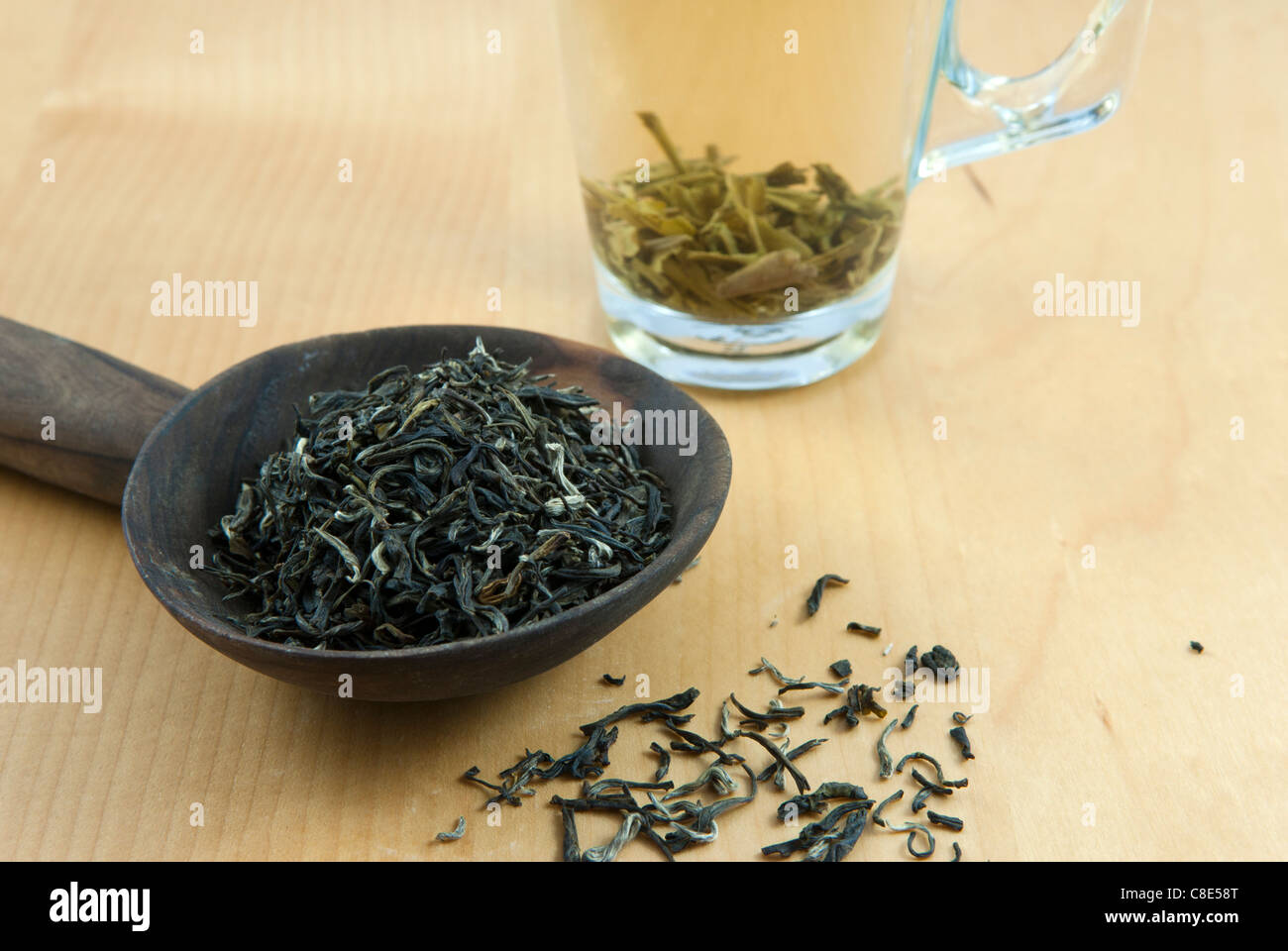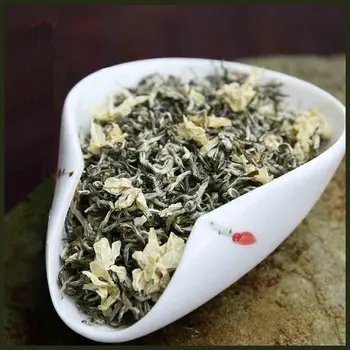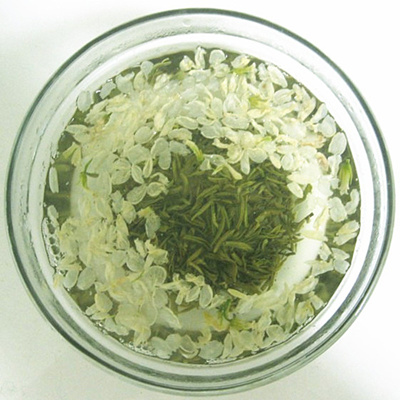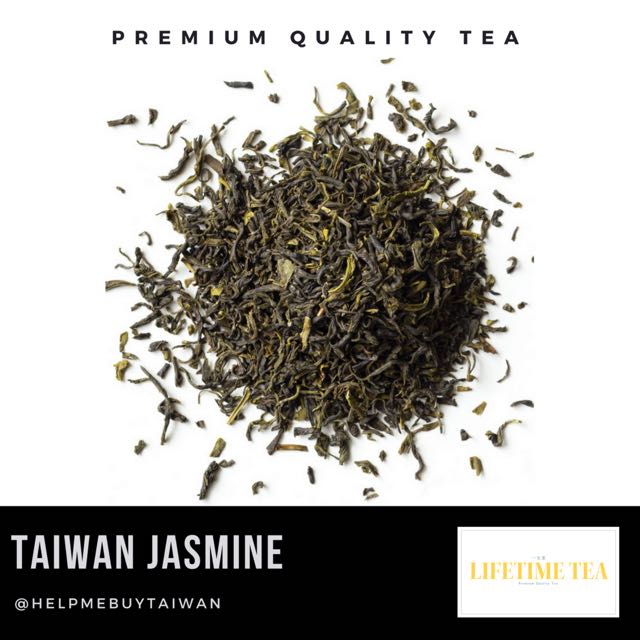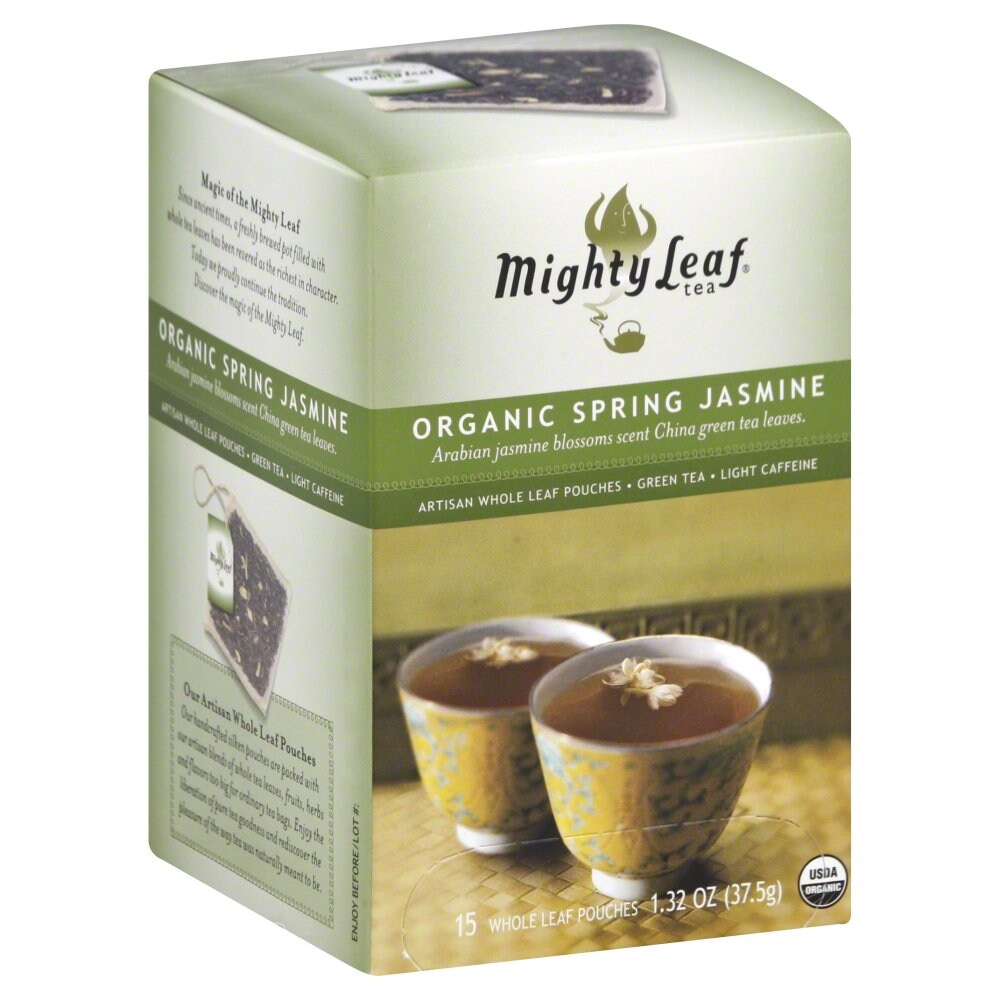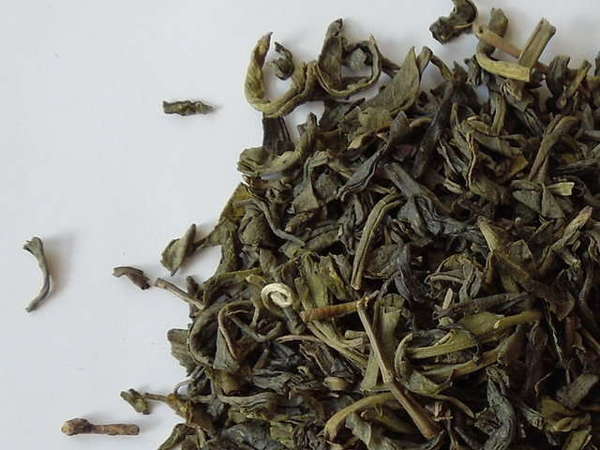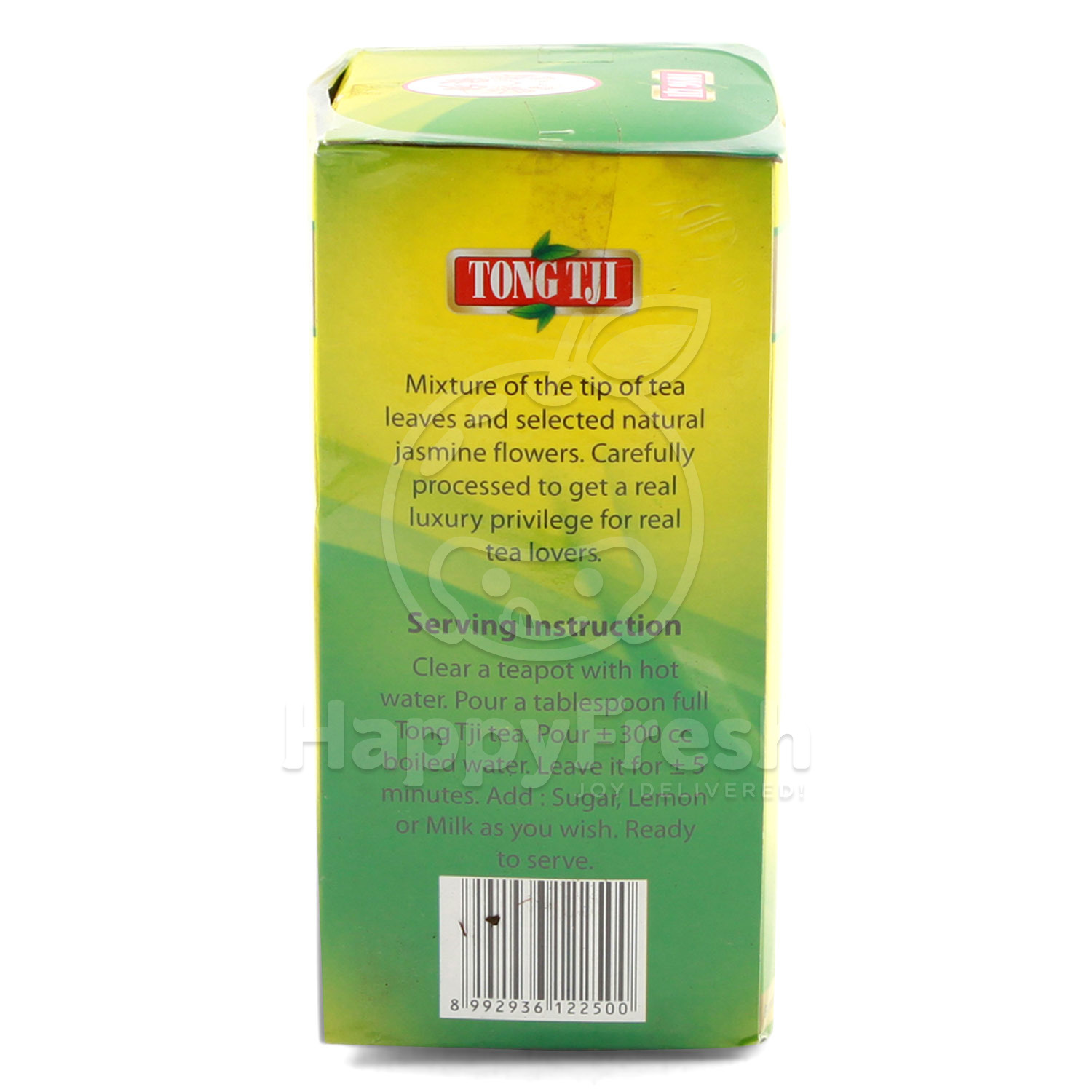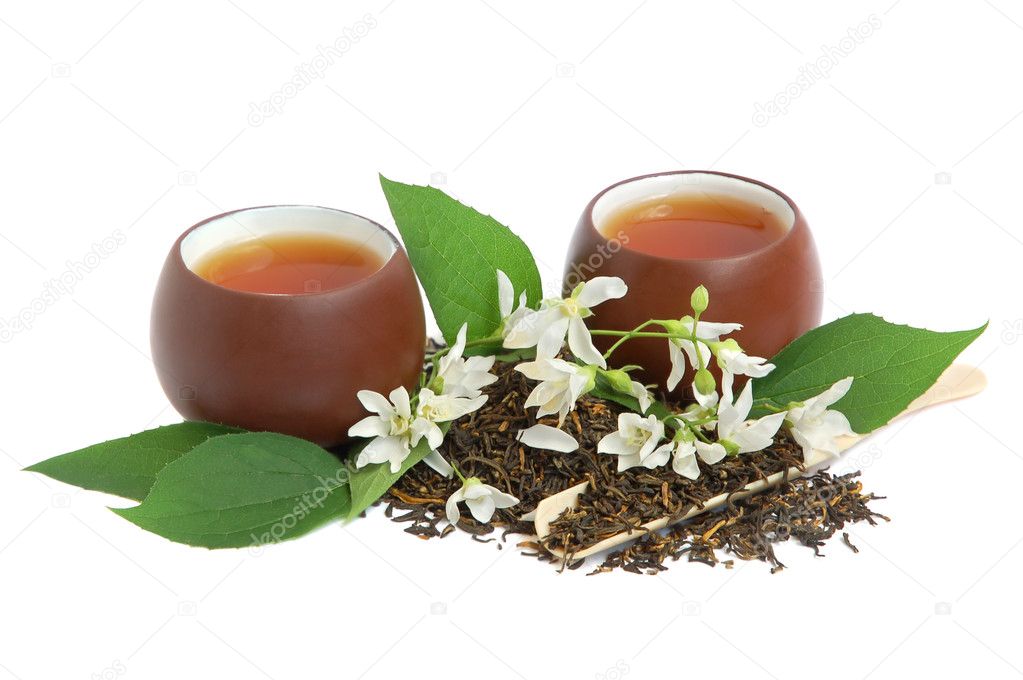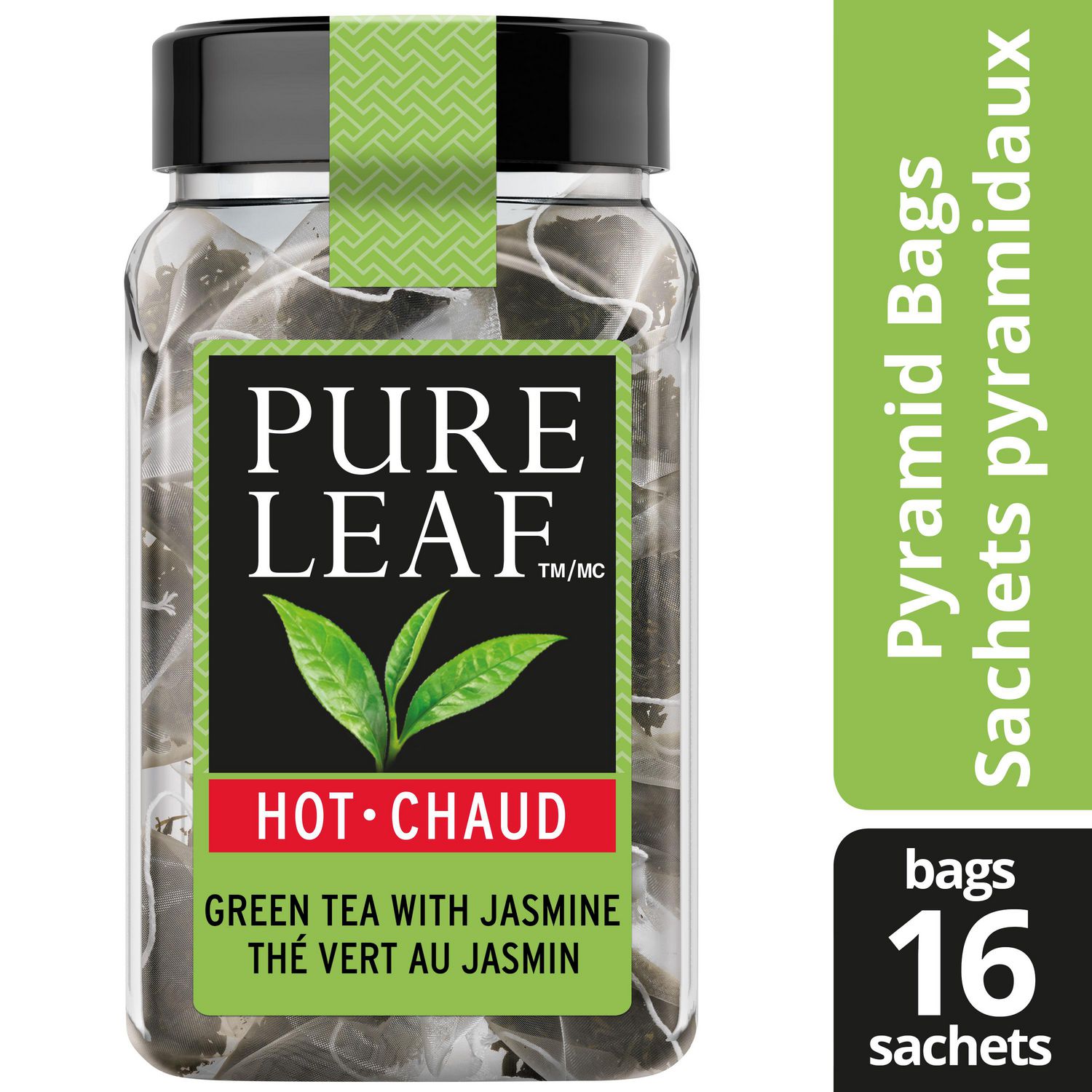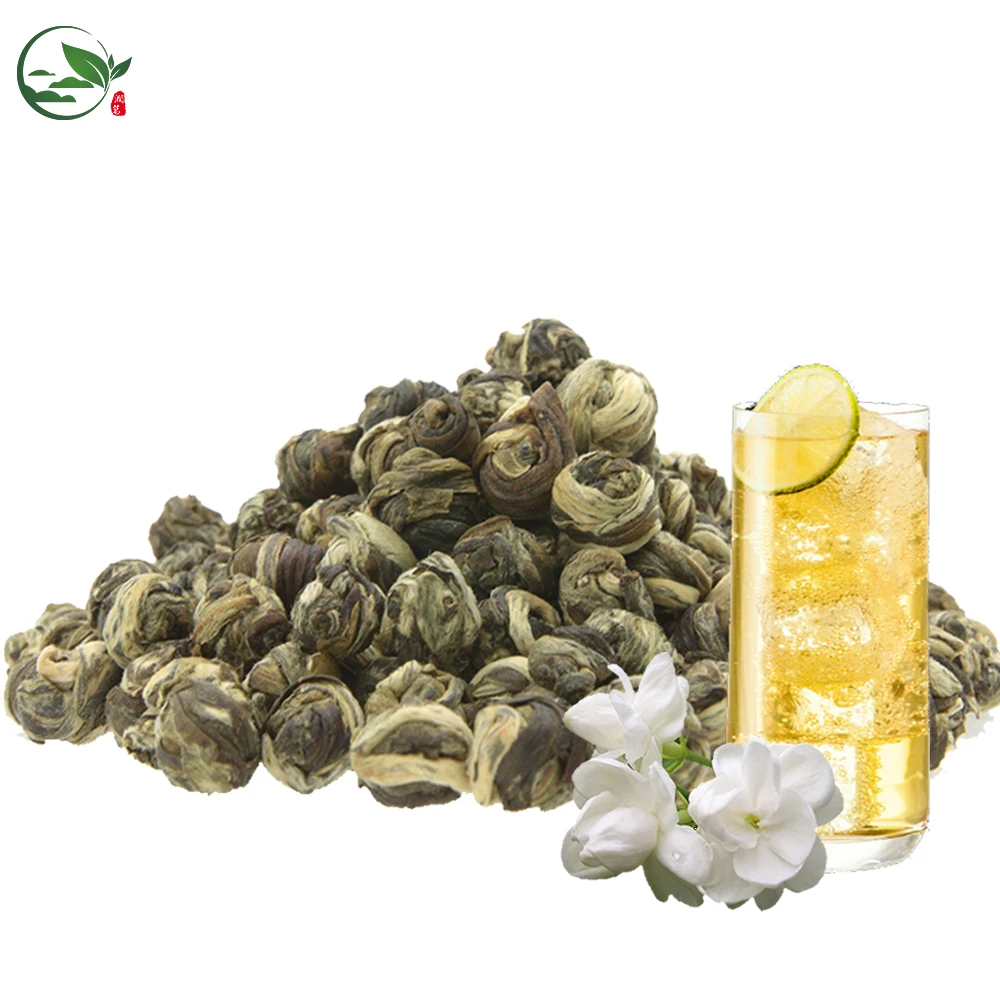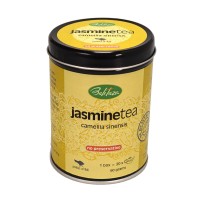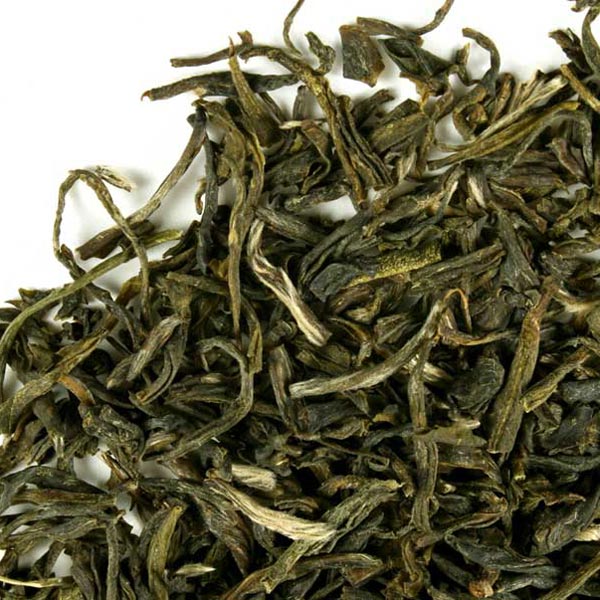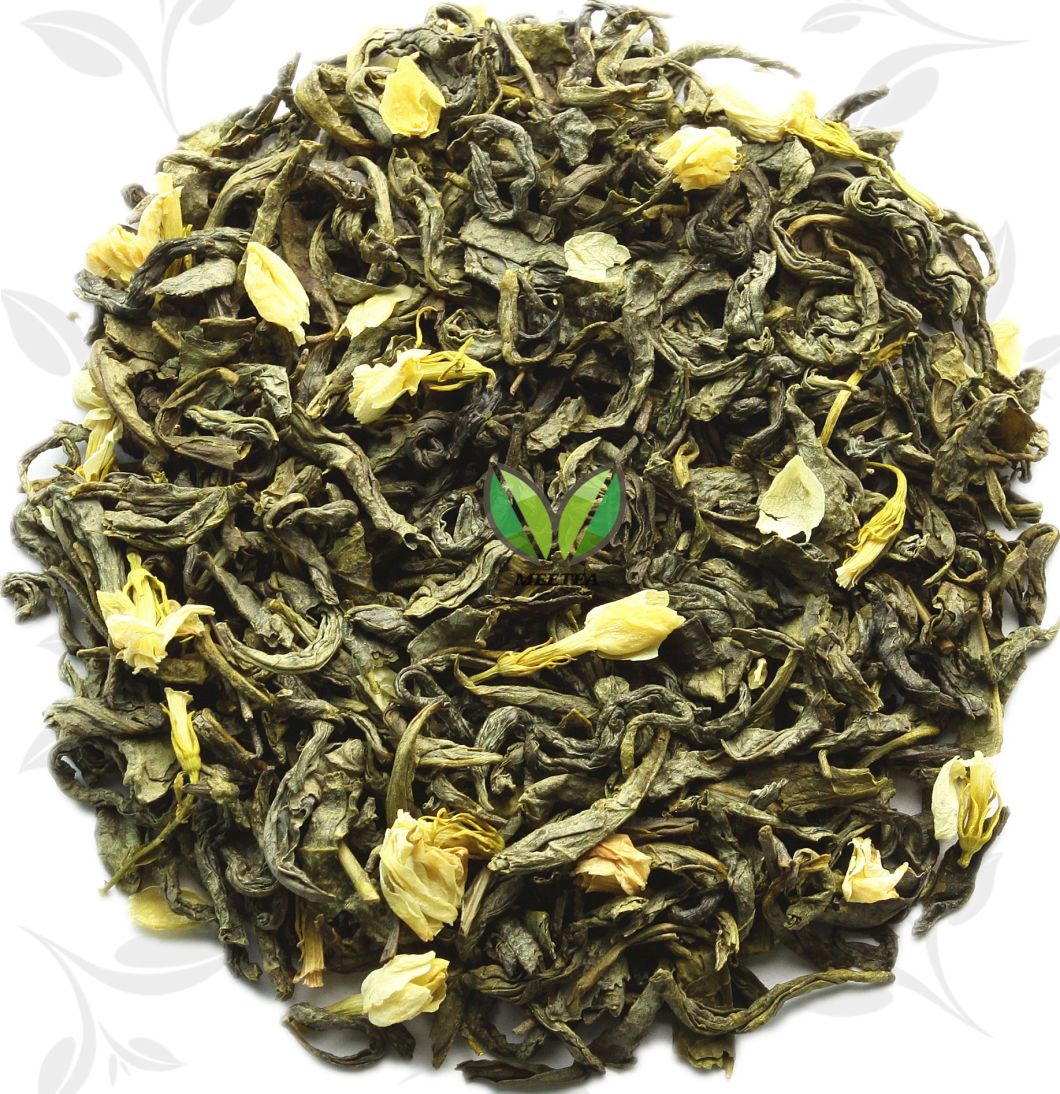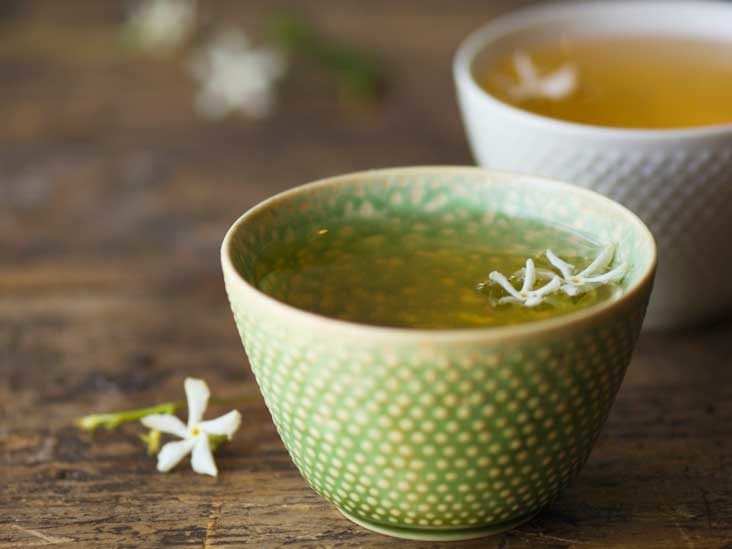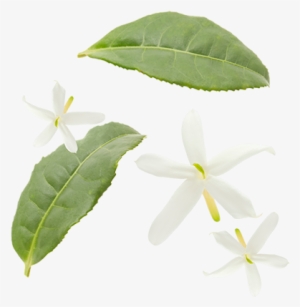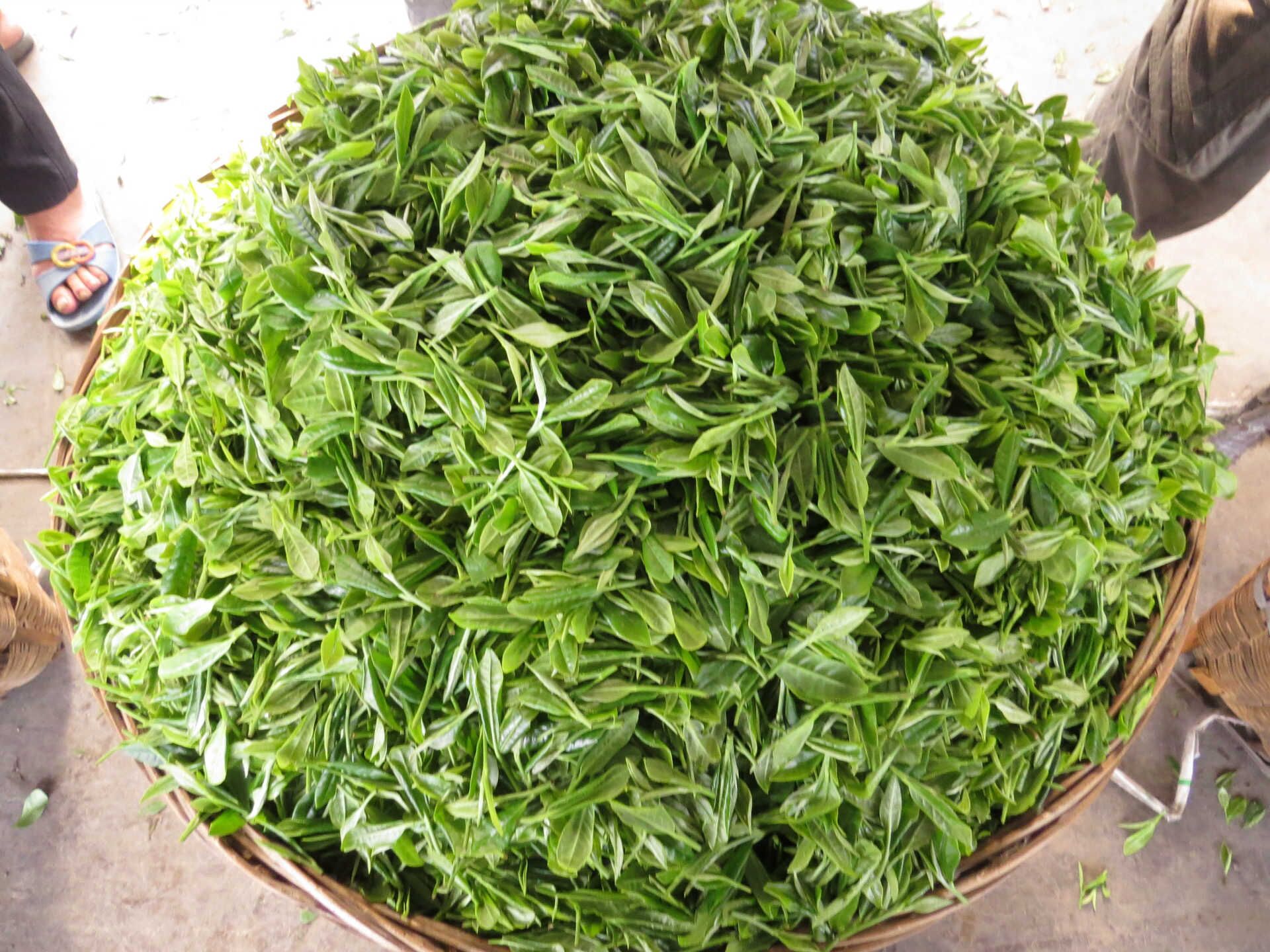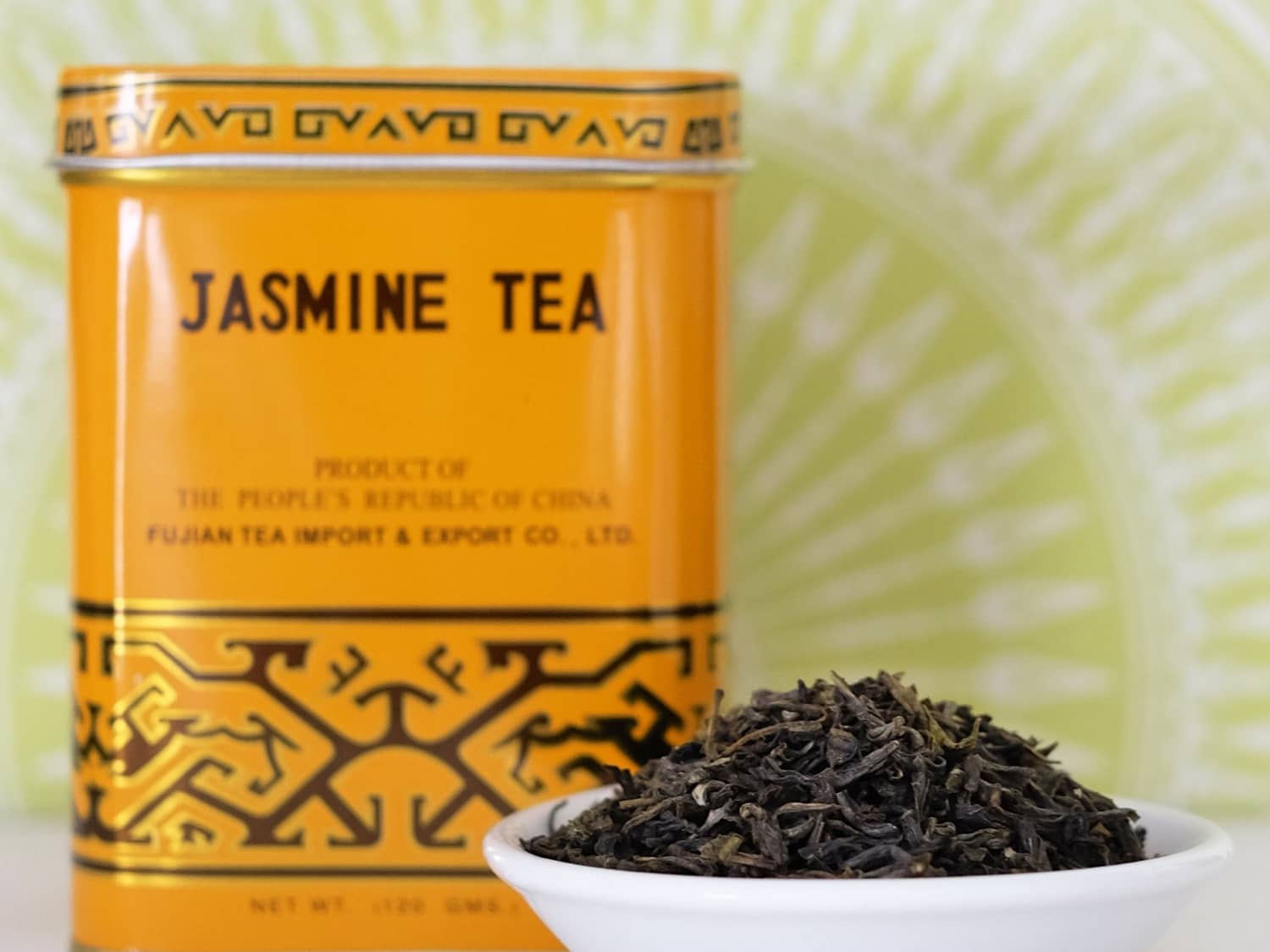Jasmine Tea Leaves
Xiang pian is tea scented with the aroma of jasmine blossoms.

Jasmine tea leaves. Jasmine tea can be made from other tea leaves such as oolong and black leaves. These fresh leaves are taken to the factory where they are toasted in order to prevent oxidation gently rolled into small pearls each pearl wrapped in tissue paper to hold the shape and dried. Heat the leaves in an oven on a very low setting for only a few minutes to remove this moisture. Others are shaped into different forms.
The most common of these is the so called jasmine pearl a pea sized rolled set of two buds and often a leaf. Typically jasmine tea has green tea as the tea base. The resulting flavour of jasmine tea is subtly sweet and highly fragrant. The most common variety is jasmine green tea.
. Others are shaped into different forms. Some jasmine teas are left as basic loose leaf teas and some are cut up to be put into tea bags. Its packed with antioxidants and has been linked to many impressive health benefits.
It is the most famous scented tea in china. It is not a caffeine free beverage and cannot be termed an herbal tea. Jasmine tea is a scented tea made by blending green white oolong or black tea leaves of the camellia sinensis plant with jasmine flowers. The tea leaves might collect moisture overnight from being exposed to the jasmine blooms.
To begin tea leaves are picked in spring when the buds are still small and any open leaves are tiny. Jasmine tea is an incredibly healthy tea typically based on green or black tea leaves. However white tea and black tea are also used. Just the new shoots each comprising a bud and two leaves are used.
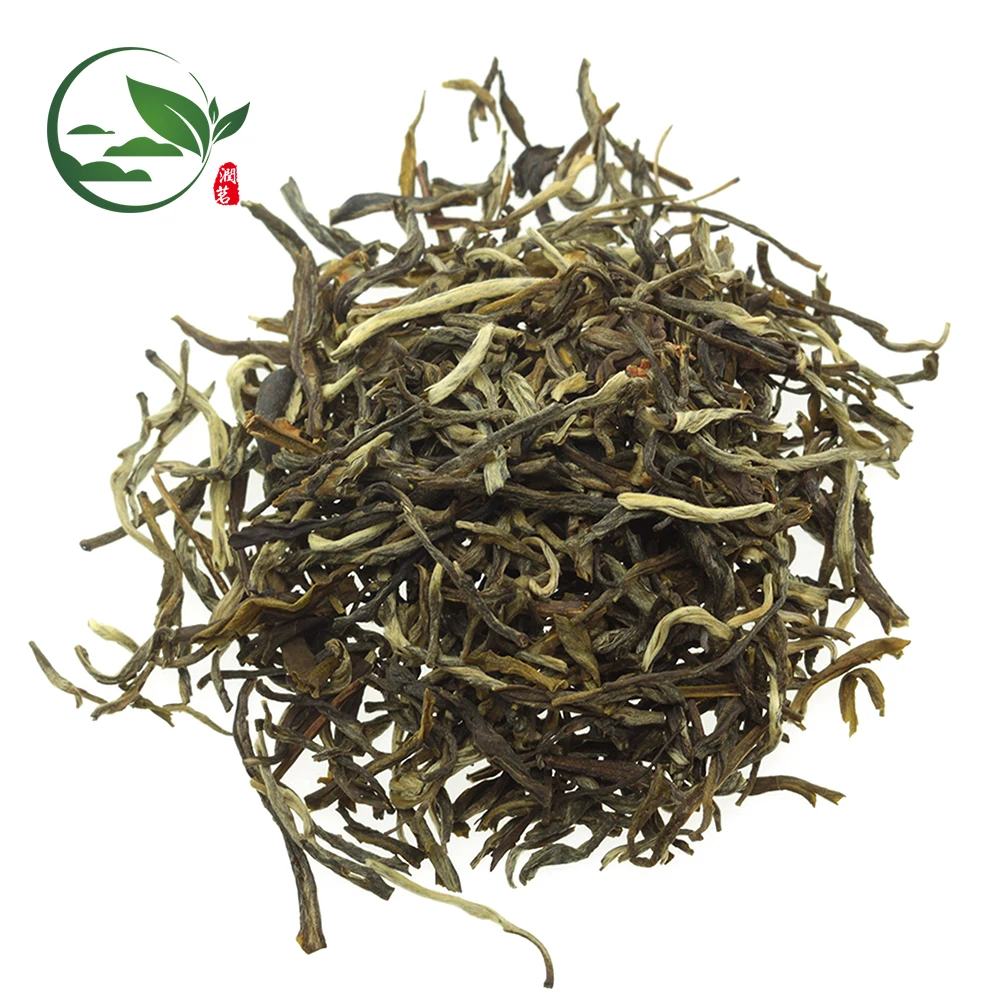

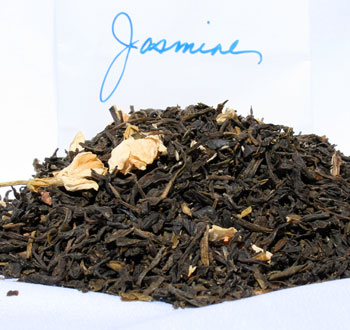
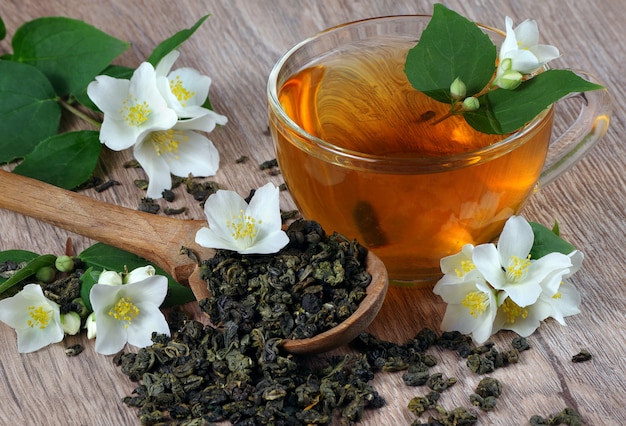
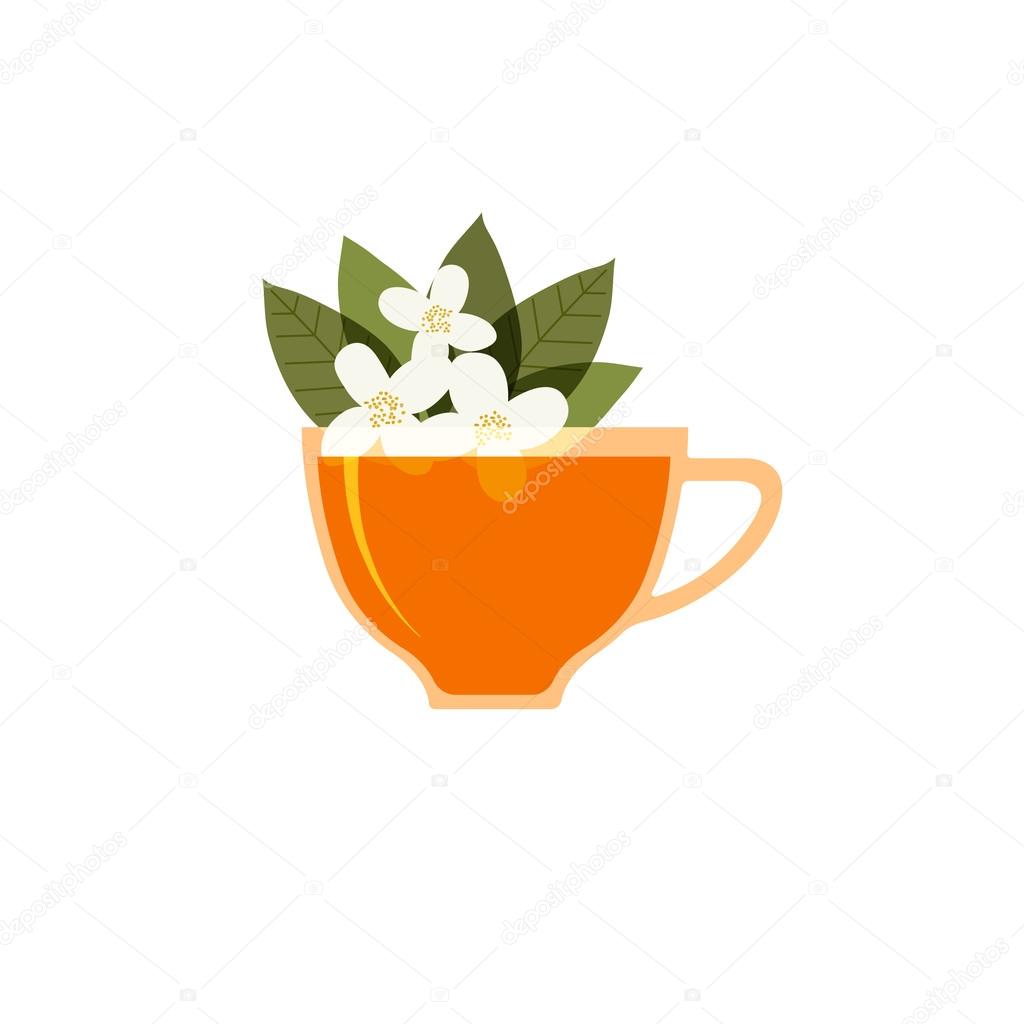

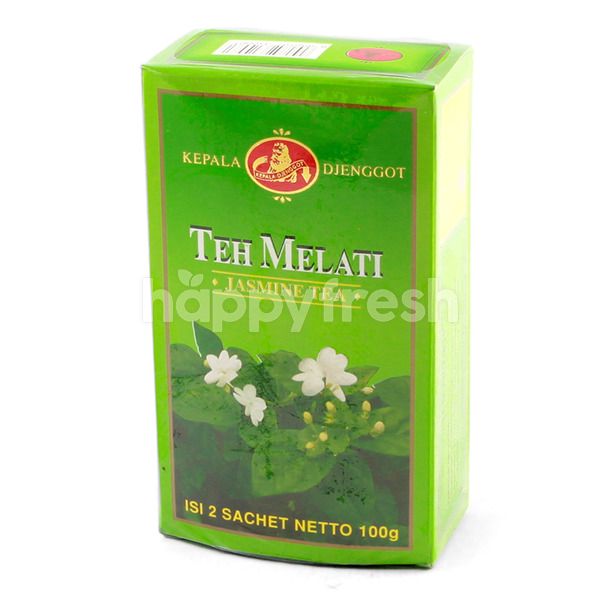

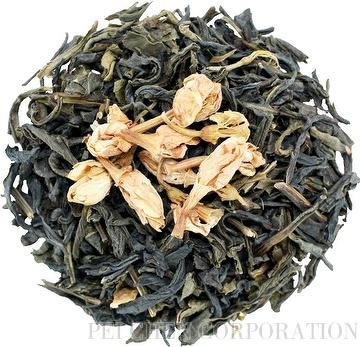

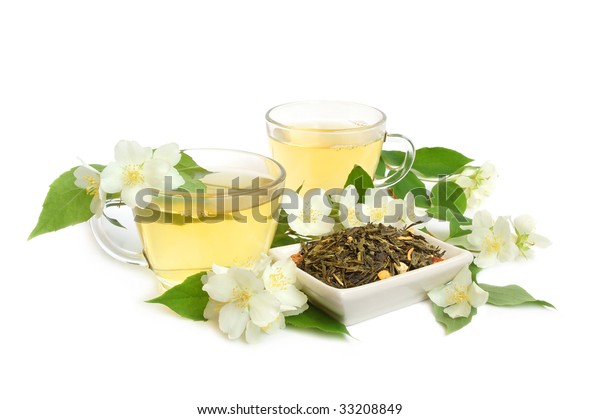








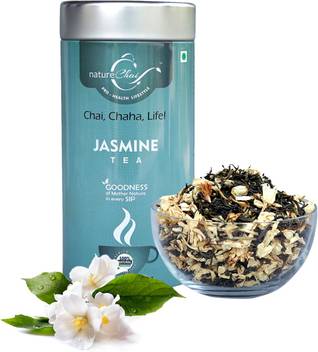







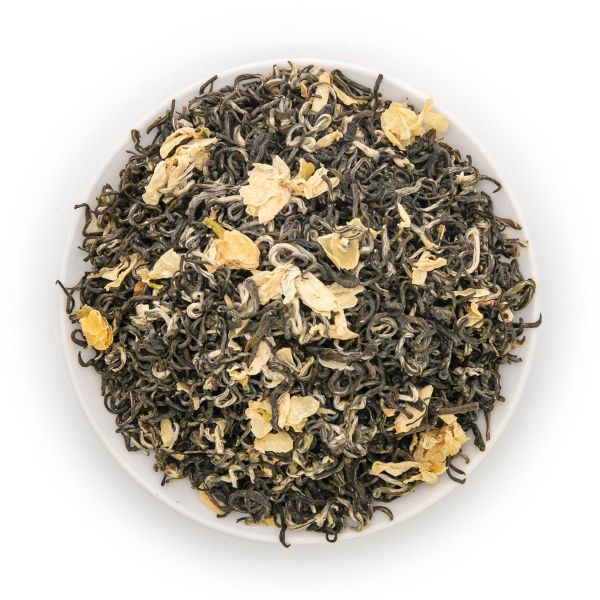

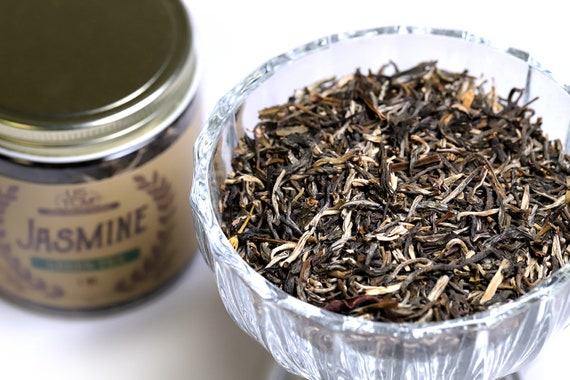
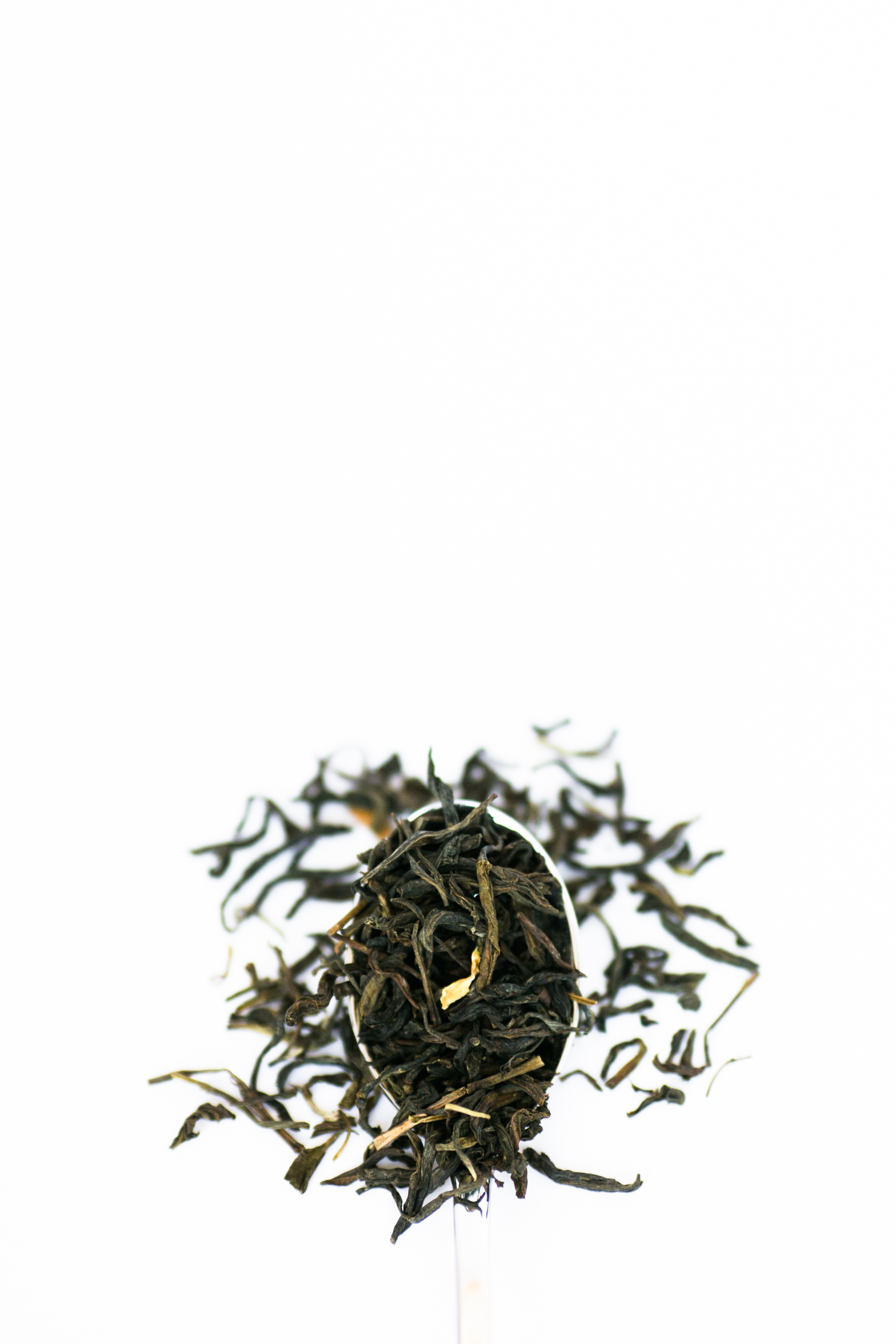

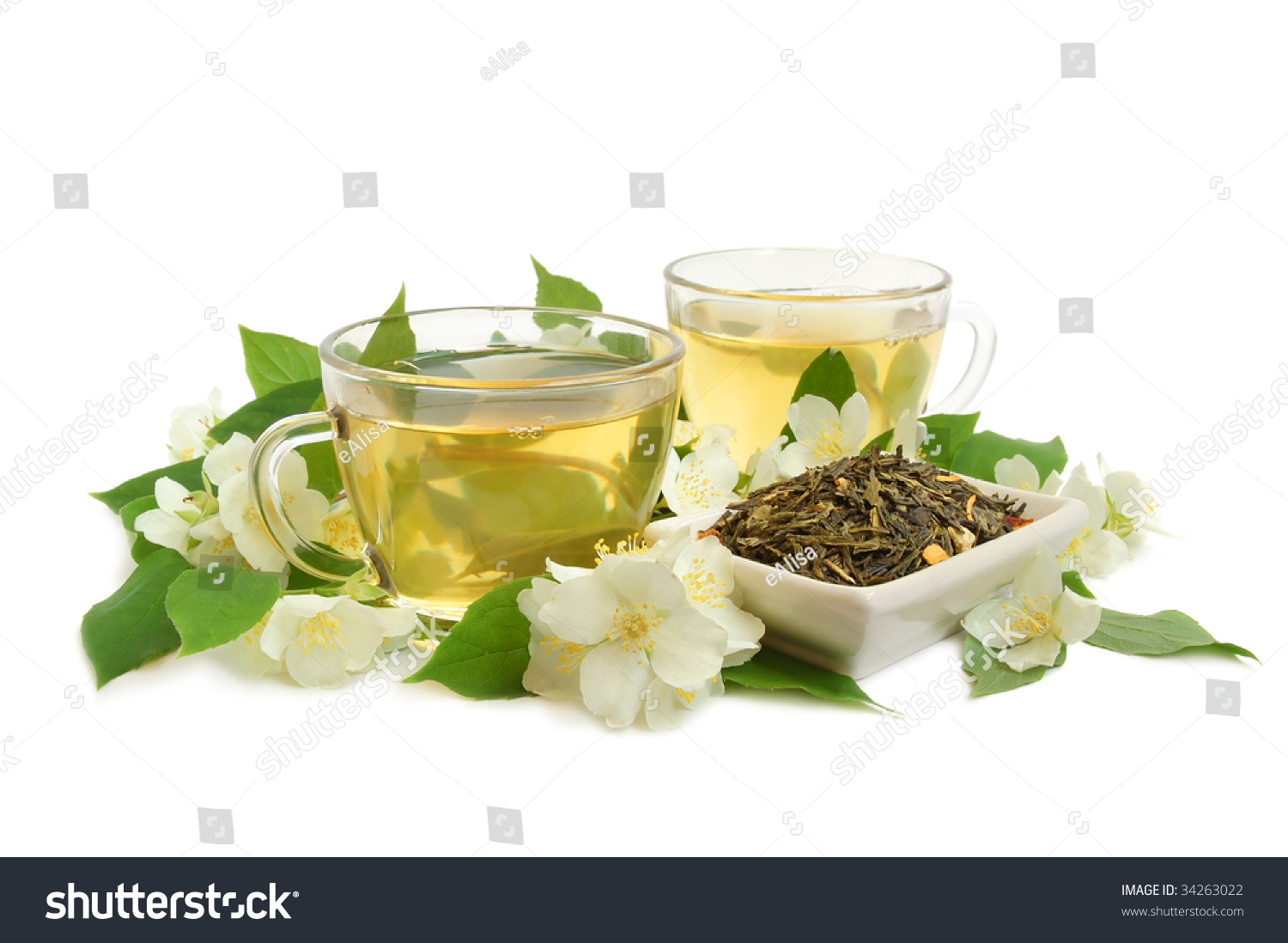


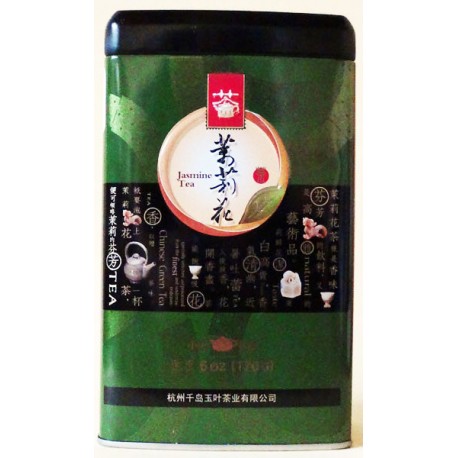

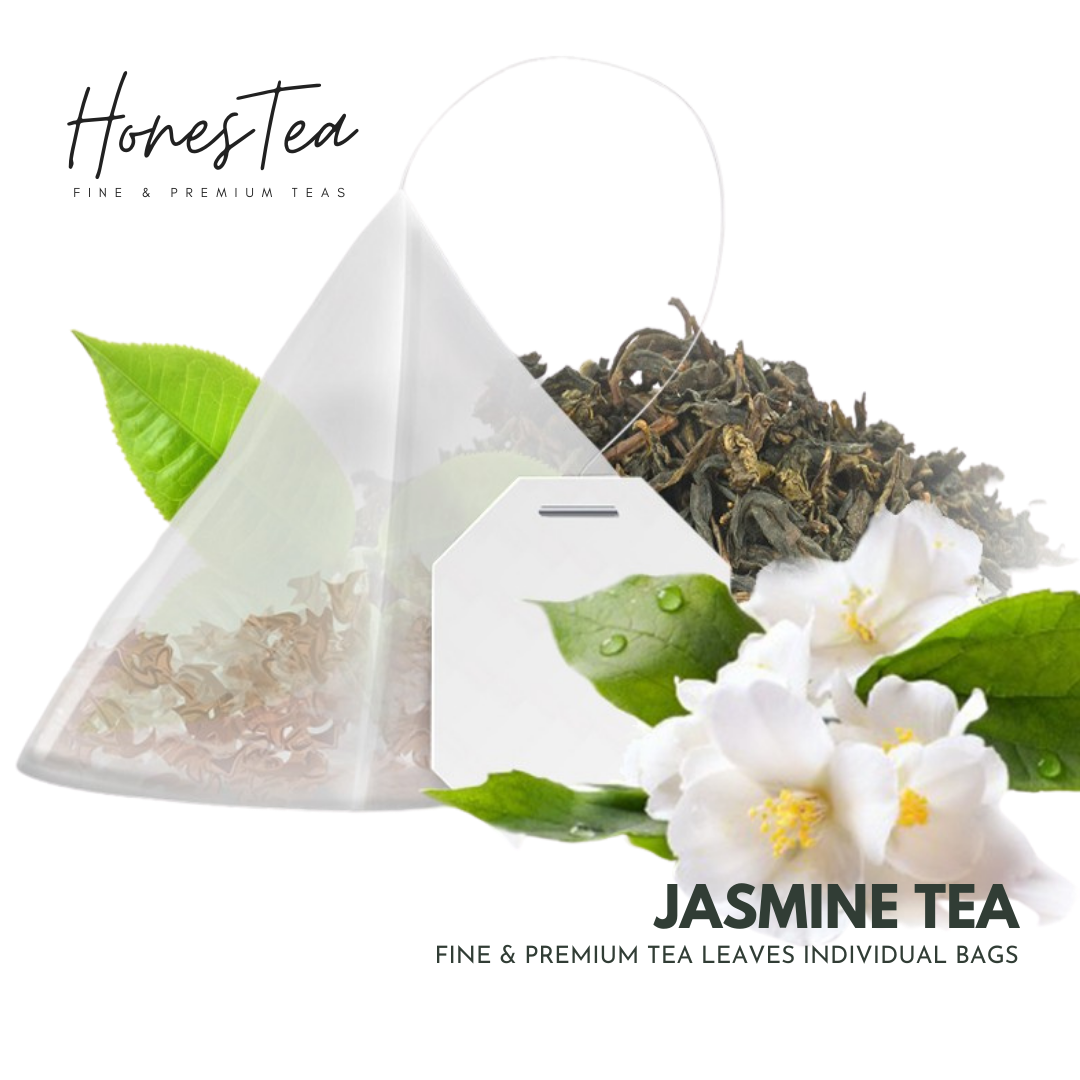
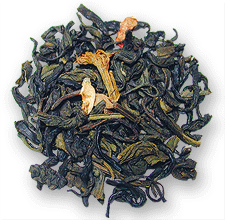
/jasmine-tea-96590095-599c976d0d327a0011b5dacb.jpg)


